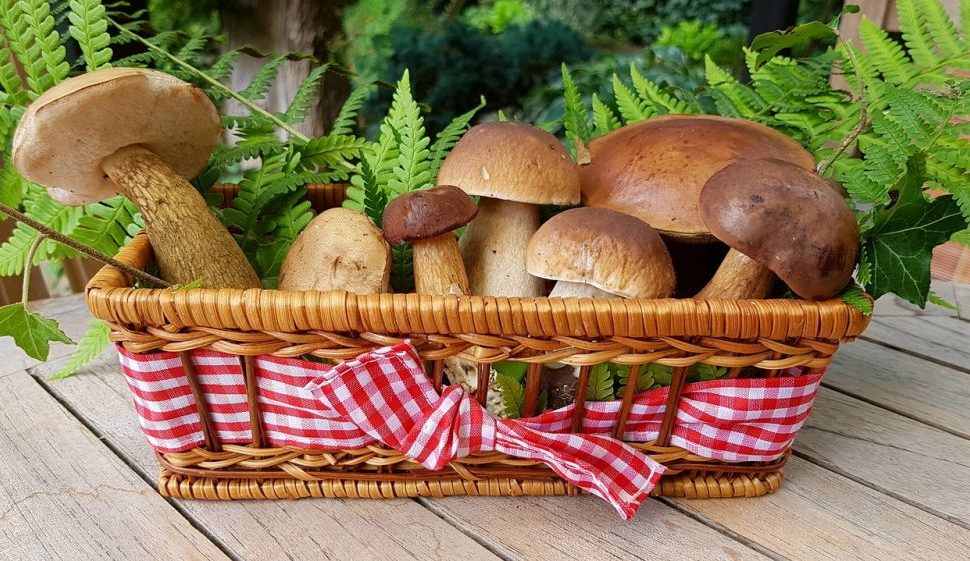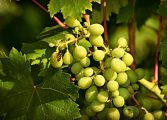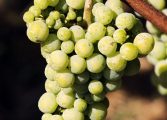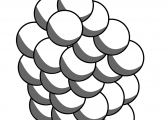Camembert cheese A Tasty Delight With a Rich History

Introduction
Camembert cheese is a soft, creamy, and indulgent cheese that originated in Normandy, France. Known for its distinct aroma and delectable taste, this article aims to provide a detailed overview of camembert cheese, including its types, popularity, quantitative measurements, differences between variations, and a historical analysis of its pros and cons. So, let’s dive right in!
1. A Comprehensive Overview of Camembert Cheese

Camembert cheese, typically made from cow’s milk, is a bloomy rind cheese with a pale yellow interior. The cheese undergoes a complex and meticulous process involving cheesemaking techniques such as coagulation, curd cutting, and molding. It is then aged for a specific duration to achieve its characteristic texture and flavor.
2. Types and Popularity
Camembert cheese comes in different variations, each offering a unique taste experience. The traditional unpasteurized French version, known as Camembert de Normandie, holds an Appellation d’Origine Contrôlée (AOC) designation, ensuring its authenticity. Additionally, there are pasteurized versions available, referred to as ”Camembert-style” cheese.
Popular among cheese enthusiasts, Camembert cheese pairs exceptionally well with a glass of French red wine or a crisp baguette. Its richness and creamy texture make it a favorite choice for indulgent cheese platters or decadent recipes such as baked Camembert with garlic and herbs.
3. Quantitative Measurements
Camembert cheese has specific quantitative measurements that contribute to its quality and flavor. The cheese’s moisture content, ranging between 45-50%, determines its creaminess and smoothness. Additionally, the level of acidity, which is measured using pH values, affects the cheese’s tanginess and shelf life. These measurements play a vital role in ensuring the consistent quality of Camembert cheese.
4. Differences Between Camembert Cheese Variations
Despite following similar production techniques, Camembert cheese variations can differ in taste profile, texture, and overall sensory experience. Factors such as the type of milk used, the length of aging, and variations in the aging environment contribute to these differences. Some variations may have a milder, buttery flavor, while others can possess a more pronounced earthy taste.
5. Historical Analysis of Pros and Cons
The history of Camembert cheese is filled with triumphs and challenges. The cheese gained popularity in the late 18th century and quickly became a symbol of French culinary excellence. However, it faced setbacks during wars and conflicts that disrupted production and distribution.
In terms of advantages, Camembert cheese offers a delightful combination of flavors and textures, making it a versatile ingredient in both sweet and savory dishes. Its creamy consistency and mild acidity make it an approachable choice for cheese lovers.
On the downside, Camembert cheese’s strong aroma may not be appealing to everyone, and its delicate nature requires proper storage and handling to prevent spoilage. Furthermore, certain variations of Camembert cheese made with pasteurized milk may lack the complexity and depth of flavor found in the traditional unpasteurized versions.
Conclusion
In conclusion, Camembert cheese is a delectable treat that has captivated the palates of food and wine enthusiasts worldwide. With its creamy texture, distinct aroma, and rich history, it continues to serve as a testament to the artistry and traditions of cheesemaking.
By understanding the various types, quantitative measurements, differences between variations, and historical aspects of Camembert cheese, you can appreciate the cheese’s complexity and make informed choices when indulging in this flavorful delight. So, grab a piece of Camembert, savor it with a glass of your favorite wine, and immerse yourself in the culinary wonders this cheese has to offer.
















































